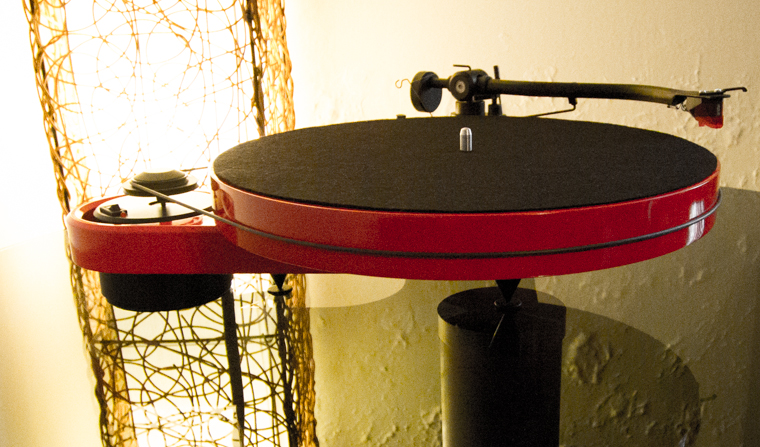
In 2014 the sale of 12” vinyl grew to 9.2 million copies, up 51.8% from 2013. Vinyl is slowly gaining ground and becoming the preferred physical format for music fans and collectors. We have noticed this trend at Forensic Audio Mastering with one in three masters now being prepared for both digital and vinyl release.
A vinyl record is a physical-mechanical representation of a recording and there are many inherent attributes that affect the quality that can be achieved on a vinyl release. A record contains one continuous spiral groove from start to finish on each side; the groove on a record causes the stylus of a record player to move both up and down and side to side in order to reproduce a stereo recording; a record turns at a constant speed per revolution; the needle of a record player will travel a longer distance per second at the start of a record than it will on the inner grooves towards the end of the side.
With these properties in mind, there are a few simple principals that artists should take into account to ensure that they make the most of their vinyl release and get the best sounding record possible.
Side Length
The playing time of each side is critical in determining the width and depth of the groove on a record. Longer sides require a longer groove and in order to achieve this, the groove must be thinner and shallower. This usually results in the vinyl having less bass and being softer with a higher relative level of background noise. Conversely, shorter sides allow the groove on a record to be wider and deeper making for a louder more dynamic release, with a higher fidelity and less background noise.
The following shows the recommended side lengths for each vinyl size and speed that usually result in a quality cut. The times mentioned below are only a guide and will also depend on the individual recording and the lathe used by the cutting engineer.
Vinyl Size 33rpm 45rpm
12” 18 minutes 12 minutes
10” 12 minutes 9 minutes
7” 6 minutes 4.5 minutes
Frequency Balance
While the frequency balance of a recording will be checked and tweaked by the mastering/cutting engineer, it is important for artists to appreciate the potential problem areas that may cause translation issues with a final record.
High bass levels on a record involve having a deeper and wider groove. This is especially problematic on low percussive sounds and sub drops. The other common problem is where the bass is not in the centre of the stereo image or there are out of phase bass sounds between the left and right channels. These situations can cause unwanted movements of the needle when the record is played and the stylus can skip the walls of the groove.
Sharp high frequency sounds such as loud cymbals and the ss sounds in vocals can often poke out of a mix and sound distorted on vinyl. This is more problematic towards the inner grooves of the record where the length of the groove per second of audio is shorter.
Track Order
Choosing the appropriate track order of the vinyl can help to overcome many of the potential problems mentioned above. The following simple considerations can ensure that you maximise the potential of your vinyl and end up with best possible release.
- Keep the overall playing time of each side as close to each other as possible.
- Consider placing the louder and most full sounding tracks towards the start of each side.
- Consider placing the quieter and more stripped back tracks on the inner grooves towards the end of each side.
- Consider the size and playing speed of you record and aim to keep the sides as close to the recommended lengths as possible.
- Consider a double vinyl for longer releases.
It is not uncommon for the vinyl release of an album to have a slightly different track order to the digital release. In some cases tracks may be edited or left off the vinyl release in order to achieve a shorter playing time or to even up the length of each side. With a little forward planning and with the help of an experienced mastering engineer, you can maximise the potential of your vinyl and produce the best release possible.
